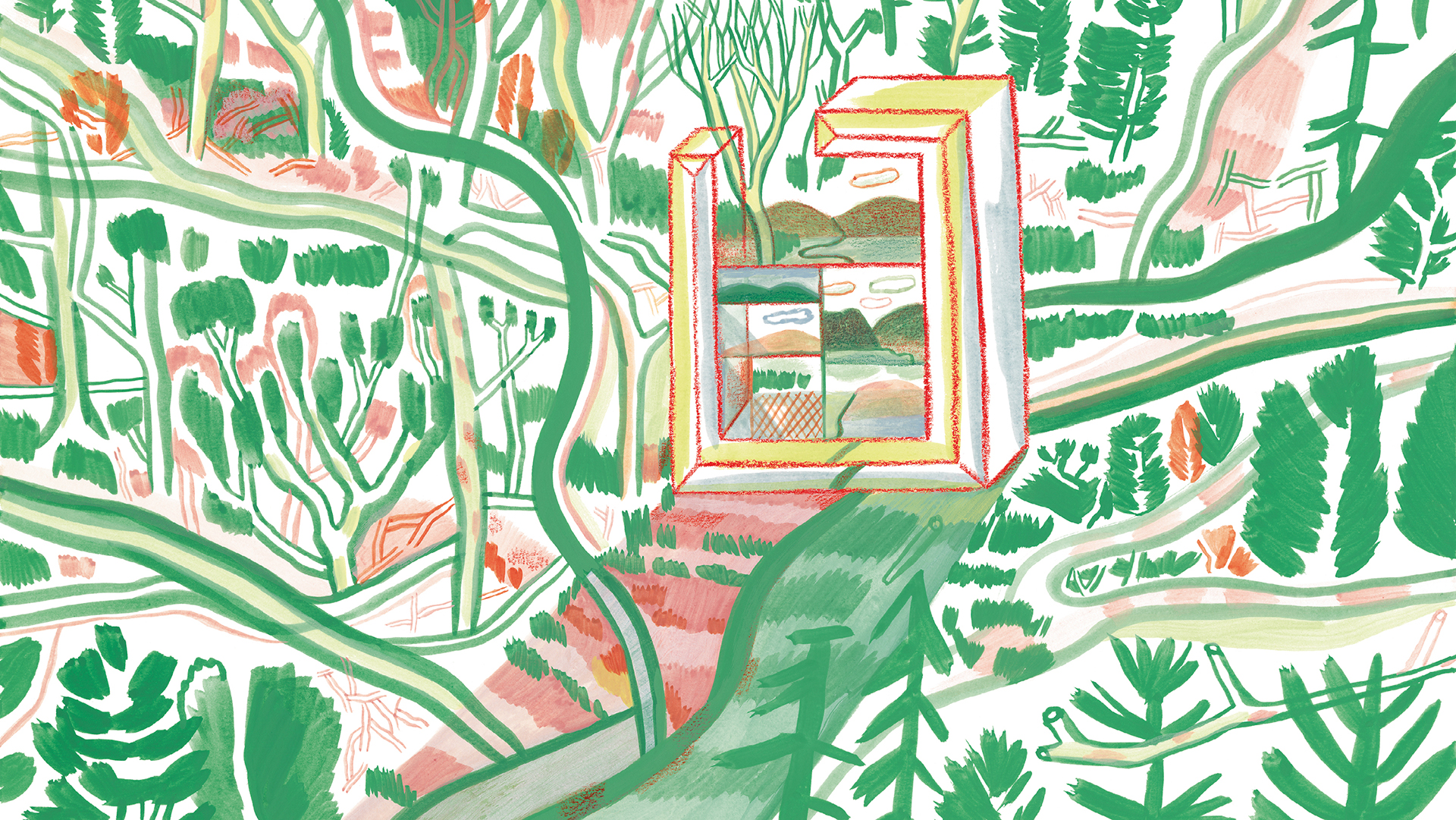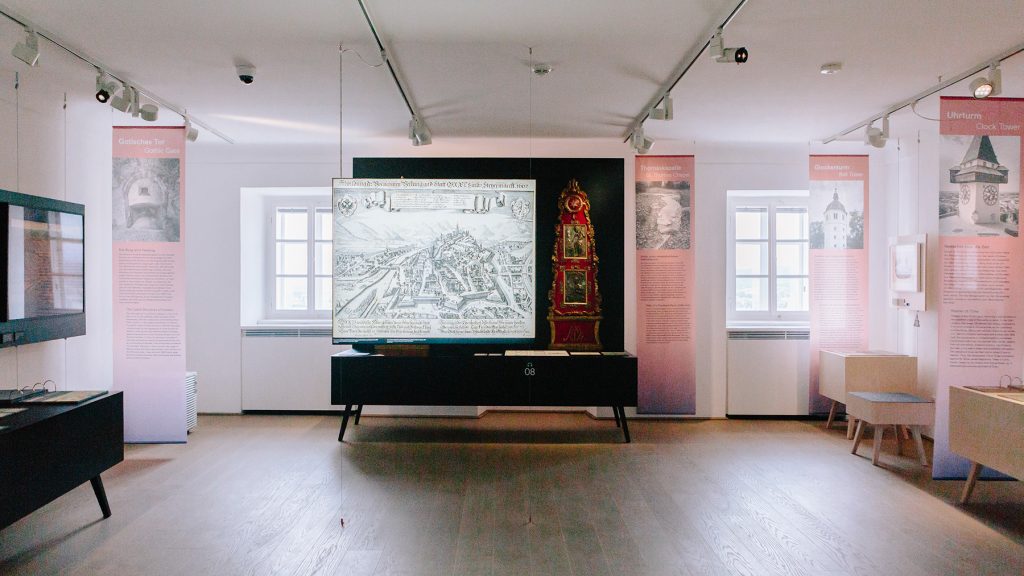
Illutration: Andrés Sandoval english
In the gardens and courtyards of Graz
If you look around as you wander through Graz, you will pass through many different kinds of green spaces and catch glimpses of denser and less dense greenery. Front gardens, inner courtyards, Heimgärten and community gardens offer a place for quiet relaxation, somewhere for growing biodiversity and for new or revived concepts of urban cultivation. They can have a positive effect on the health and mental wellbeing of city dwellers and even influence how they choose to get around.
The relevance of green spaces in urban structures was recognised with the advance of industrialisation. The 19th-century expansion of Graz in particular led to green spaces being incorporated into the urban landscape. Graz’s front gardens and green inner courtyards were created. To this day, these developments continue to have a positive effect on the city. This is why many active citizens are today still engaged in the preservation, protection and expansion of green spaces. However, the high demand for green spaces has to compete with the ongoing surfacing of land.
Urban green spaces that are networked serve as movement routes for the non-human population. Gardens and courtyards designed with a focus on diversity can help to fill in this network. By bringing a conscious awareness and appreciation of sensitive urban green spaces, city dwellers can engage with natural habitats at a local level, experiencing the interaction between nature and people in the cultural space of the “garden”, while helping to shape the dynamic “city” project and combatting global climate change.
Curator: Catalin Betz
Project management: Ogül Büber-Ottitsch
Curatorial assistance & Cooperations: Vanessa Bednarek
Exhibition design and graphic design: BUERO41A

